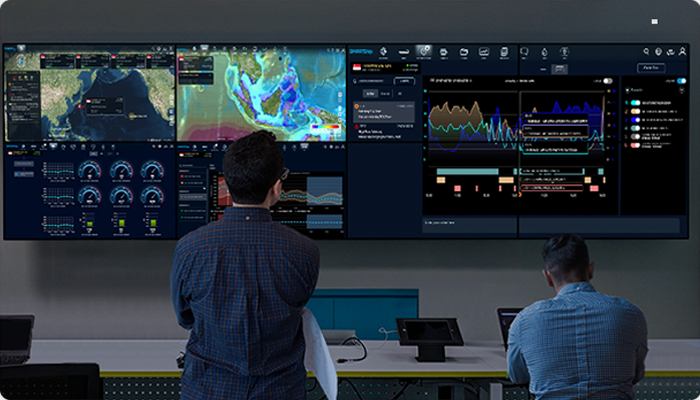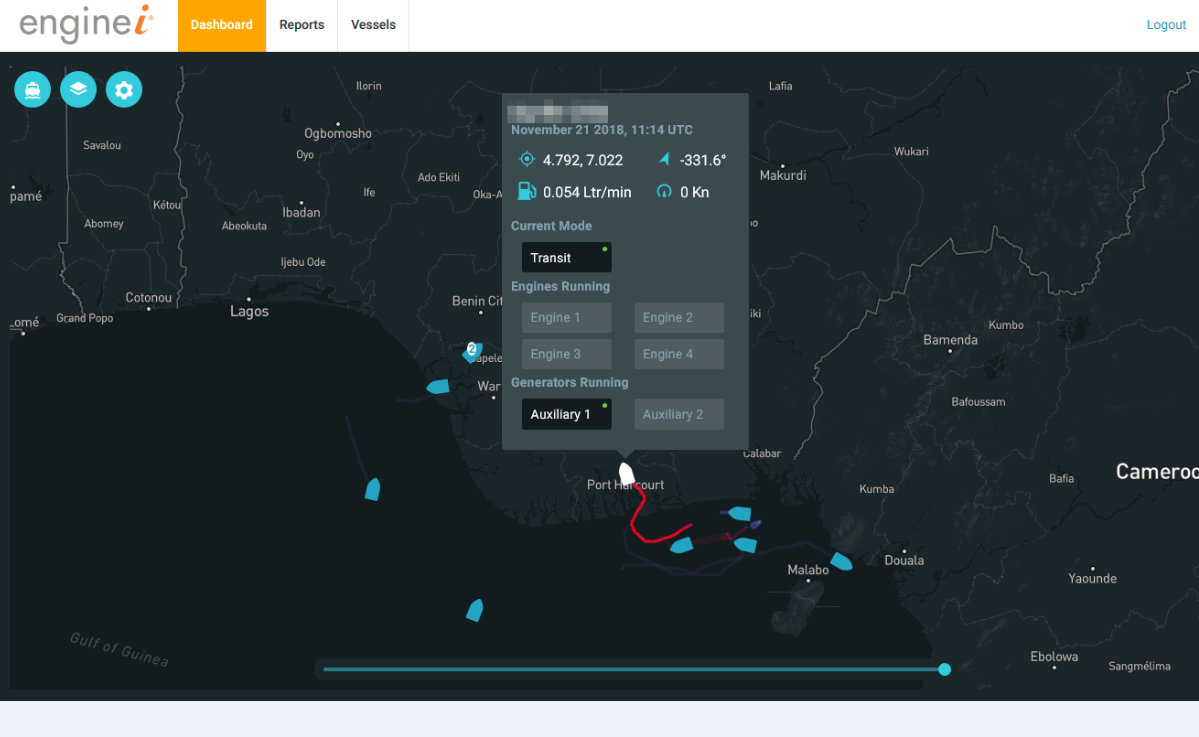Optimising Performance
Data is becoming increasingly valuable in shipping. As technology and satellite communications improve, it is easier to harness and take advantage of this information.
The insights provided from this easy availability of data can be used to help shipowners optimise the performance of their vessels, driving more efficient operations and help tackle future challenges. The looming introduction of the 2020 fuel sulphur cap is a prime example. Depending on a shipowner’s choice of compliance method, they could find themselves at a commercial disadvantage with a competitor who opted for a different approach. Looking further ahead, the IMO has set the shipping industry ambitious targets on decarbonisation. It will require a huge change in many aspects of shipping – from design to operations to regulation – and it’s unlikely that one solution will resolve all the challenges.
Part of the solution to both these challenges could be vessel performance optimisation. This has the potential to reduce fuel consumption, resulting in reduced operating costs and lower CO2 emissions.
Driving forward with data
Optimising the performance of a vessel ultimately relies on making the right operational decisions. Decisions need to be based on the best available information and when it comes to data, sometimes bigger is better.
A vast amount of data can be collected, not only from the vessel itself but also from external sources. Systems that consolidate the data collected can then quickly analyse the information using complex algorithms and, in some cases, artificial intelligence. This can then prove to be an effective decision-support tool.
An increasingly popular application of this process is fleet performance monitoring. Data is collected and analysed by individual vessel, a specific class of vessel, or the entire fleet. This information can be used to improve individual vessel performance as well as allowing remote monitoring and performance benchmarking of the fleet by shore based staff.
There are a number of fleet performance systems emerging, ranging in scope and complexity. One such system is SMARTShip from Singapore-based Alpha Ori. SMARTShip is a platform that uses thousands of onboard data points. It monitors a vessel’s equipment by interfacing with existing outputs and uses real-time data such as vessel speed, fuel consumption and other essential voyage information. This allows for rapid and more accurate analysis of ship systems such as engine control, navigation, cargo handling, power management, hull stress etc.
Combined with route tracking and weather monitoring, this generates guidance on voyage optimisation which aims to achieve maximum fuel efficiency, whilst following a safe passage plan.

Courtesy of Alpha Ori
Targeting a different sector of the market is enginei by UK based Royston. This is an energy management system that, using dedicated sensors, monitors fuel usage, tank monitoring and voyage data in real time. The platform allows the vessel crew and the shipowner to better understand the fuel costs associated with each mode of vessel operation and as a result each factor can be optimised accordingly.

Courtesy of Royston
Other Uses
Vessel performance optimisation systems can allow for remote monitoring and diagnostics of ship based machinery which can then be used as a proactive predictive maintenance tool by monitoring trends and sending alerts.
Another advantage of this technology is that it can provide transparent and reliable recording of operations which could assist with emissions data collection requirements or help a shipowner demonstrate environmental compliance.
Consider a vessel entering or exiting an emission control area (ECA). Systems that can detect when fuel changeovers take place by recognising changes in tank levels or fuel system valve movements can correlate this information with the vessel’s position and time. This provides an automatically generated record of the operation and proof of compliance.
Charterparty Performance
Where there are ‘speed and performance’ warranties in a charterparty, the actual performance of the vessel can be accurately monitored and compared to the criteria stated in the charterparty. It could also give better insight into the effects of any hull fouling.
Challenges
The technology is still developing and there are challenges to be overcome before vessel performance optimisation systems become widely accepted. Typically:
- Incompatibility of monitoring systems with some outputs of ship’s equipment
- Increased reliance on the reliability of sensors
- Satellite coverage, bandwidth and data costs
- Use of data as evidence and whether it will be discoverable by an opposing party.
A key consideration is to ensure such systems are used to support the ship’s crew and not to undermine or micromanage them. Used correctly, these systems can be effective decision-support tools. By having better information, the crew can make better decisions and be more aware of the importance of efficient operation – therefore changing crew behaviour for the better.
| Cutting through the jargon |
|
Digitisation and technology has been a significant disruptor in many industries and shipping is no different. New terms are emerging, but what do they all mean? Big Data: Extremely large data sets that can be analysed to reveal patterns and trends. IoT: Internet of Things, sometimes called IIoT (Industrial Internet of Things) – sensors, equipment or systems that are connected to the internet and communicate with each other without any human interaction. Artificial Intelligence (AI): also known as ‘machine learning’, computer systems that learn, adjust, and improve based on the data fed to them. Algorithm: A mathematical formula or process used to analyse data. |
Author: Alvin Forster
Deputy Director (Loss Prevention)

 , you have now set your site language to English. If you'd like to change your language preference again, simply click on one of the other flags.
, you have now set your site language to English. If you'd like to change your language preference again, simply click on one of the other flags. を選択して頂くと、言語設定が日本語に切り替わります。設定変更後は以下の機能が利用可能です。
を選択して頂くと、言語設定が日本語に切り替わります。設定変更後は以下の機能が利用可能です。
 ,可将网站语言设置为中文。这能帮助您:
,可将网站语言设置为中文。这能帮助您:

